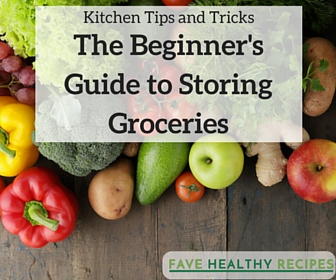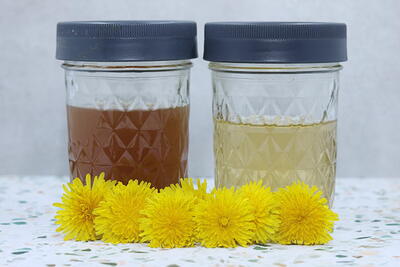Uncover Hidden Sugars

A spoonful of sugar helps the medicine go down? Americans swallow an average of 475 calories of added sugars daily (about 30 teaspoons)! The American Heart Association suggests women consume a minimum of 6 teaspoons of added sugar daily. For most men, the recommended limit is 9 teaspoons. This does not include natural sugars found in fruits (fructose) and dairy products (lactose) rather sweeteners and syrups added to foods during processing, preparation or at the table.
As a registered dietitian, I know added sugar leads to obesity and diabetes and encourage modest intake. Most remove the obvious from sweetened beverages and desserts. But what about the less-obvious sources of added sugars?
It is difficult to figure how much added sugar a food contains. Nutrition fact labels lump all sugars together which can be misleading. According to a label, one cup of milk has 11 grams of sugar even though there is zero sugar “added” to it!
To determine added sugar first read the ingredient list. Learn to identify added sugars terms: sugar, white sugar, brown sugar, confectioner’s sugar, corn syrup, dextrin, honey, invert sugar, maple syrup, raw sugar, beet sugar, cane sugar, corn sweeteners, evaporated cane juice, high fructose corn syrup, malt, molasses, and turbinado sugar, to name a few. Remember, natural sugars in fruits (fructose) and dairy products (lactose) are not added sugars nor harmful to your waistline and health.
Now locate the sugar on the nutrition label in grams. Four grams of sugar equals one teaspoon. Do the math to uncover those empty calories.
Even foods advertised as healthy options may have added sugars buried in them.
Tomato-Based Pasta Sauces
Some brands have upwards 15 grams of sugar per 1/2-cup serving. The problem, most eat about a cup of sauce at a time. Tomato sauce can count as a vegetable serving and is packed with lycopene, a cancer fighting antioxidant. Choose a sauce with limited ingredients and little to no sugar added.
Fat-Free Salad Dressings
Companies load fat free dressing with sugar and salt to eliminate fat and retain flavor. Forget fat free dressings entirely and pick olive or canola oil based dressing with no sugar added. Use balsamic vinegars and fresh lemon juice to extend full fat dressing without added calories or sugars.
Multi-Grain Cereals
Plain multi-grain cereals are often nutritious with whole grains, fiber and no added sugars. Frosted, flavored, or granola and dried fruit added can be a sugar trap. Children brands boast that whole grains are the first ingredient. However, what do the other ingredients tell about the product? Select a plain version and add fruit or stevia for natural sweetness.
Rebecca Turner, MS, RD, CSSD, LD is a registered dietitian and certified sports specialist in dietetics and founder of Runner’s FUEL. Follow her on Facebook and Twitter @RunnersFuel. For more information visit www.runner-fuel.com. Text runnersfuel to 601.863.8370 for health news and nutrition tips.
Read NextHealthy Recipes Year Round eCookbook
Your Recently Viewed Recipes
mg57
Dec 14, 2016
Obviously, anything frosted or flavored can have sugar added, however even fat-free salad dressings can have hidden sugar in them because companies have to make them taste good, somehow! Author gives you a simple math equation to really see how much sugar is in your food products. 4 grams of sugar equals one teaspoon. Check your food nutrition labels. How many teaspoons of sugar are YOU consuming?
Report Inappropriate Comment
Are you sure you would like to report this comment? It will be flagged for our moderators to take action.
Thank you for taking the time to improve the content on our site.



![How to Get Your Vitamins Without the Pills [Infographic]](http://irepo.primecp.com/2016/10/302486/Vitamins-Without-Pills---R2_Large400_ID-1906607.jpg?v=1906607)












